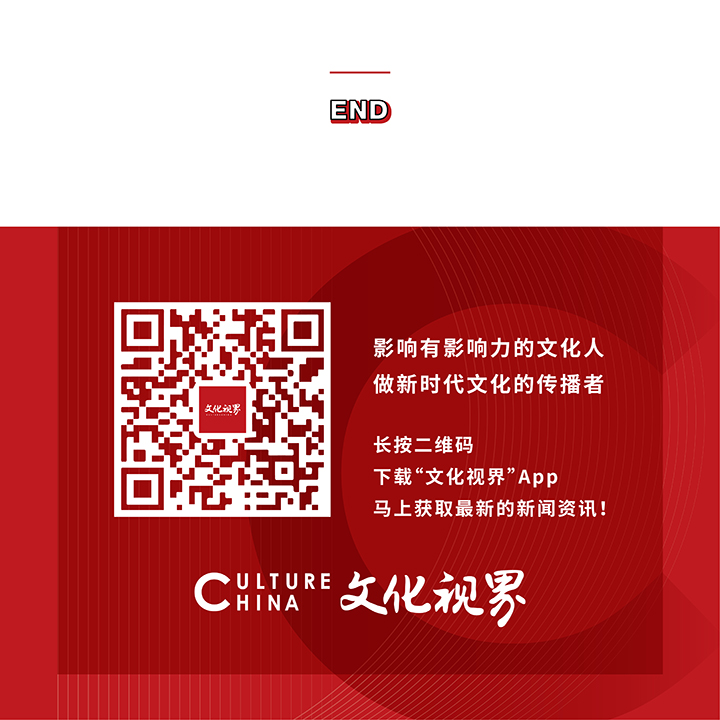

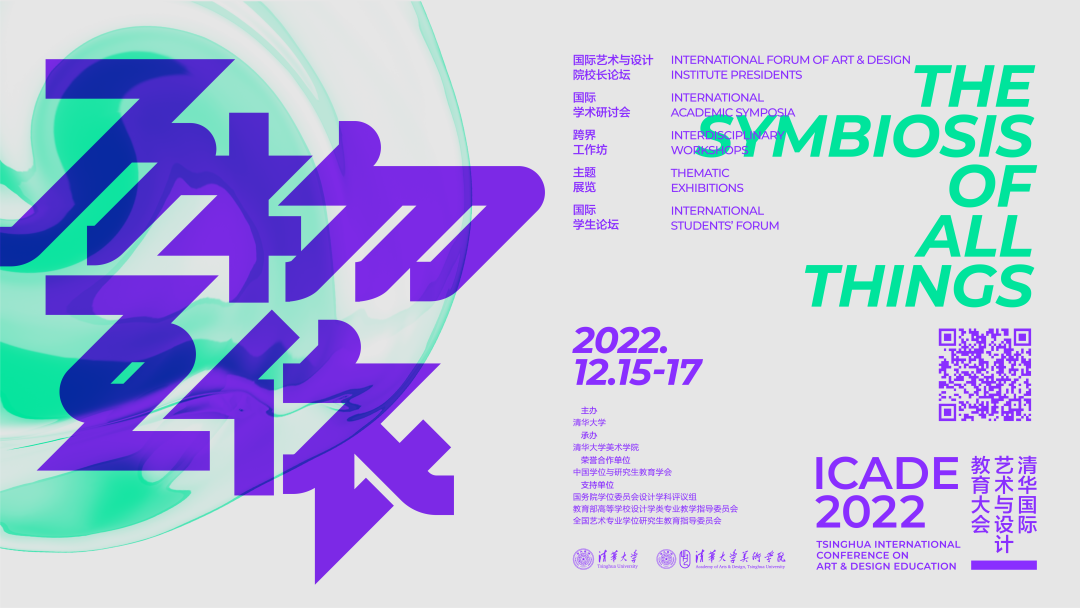
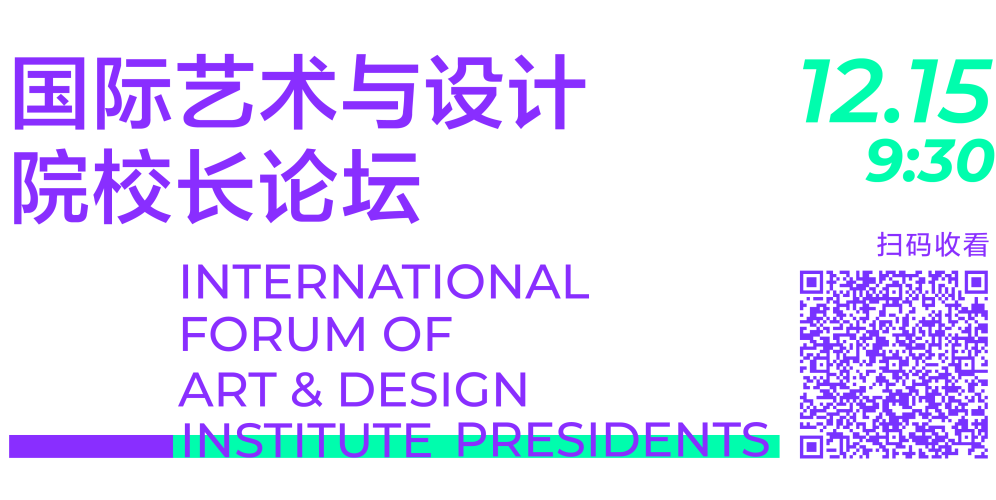
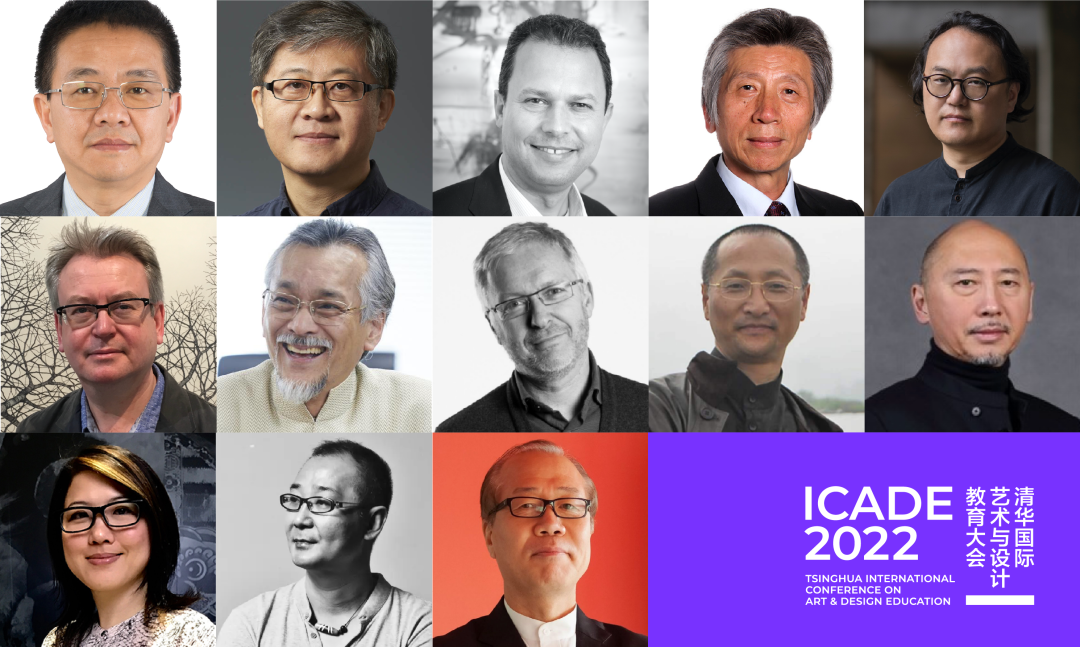
12月15日,由清华大学主办、清华大学美术学院承办的2022清华国际艺术与设计教育大会在线上开幕。大会以“万物互依”为主题,中外知名艺术与设计院校的教育家、设计师、艺术家们,联合来自社会学、海洋学、生物学、计算机技术、航空航天等不同领域的业界专家一起,跨界碰撞,多元发声,共话艺术与设计教育的未来图景。广州美术学院院长范勃参加了大会,并在国际艺术与设计院校长论坛上作线上主旨发言。
国际艺术与设计院校长论坛上,全球12所艺术设计学府的院校长们齐聚一堂。不同院校的历史文脉、学科结构、专业设置和学术特色不尽相同,作为艺术设计教育的顶层架构者,院校长之间的思想碰撞更容易激发前沿的思考和开放的创新,增强全球艺术设计专业的凝聚力,从而为艺术设计的教育革新和可持续发展积聚力量。范勃院长以《互联互依,共享共生——构建湾区艺术创新系统》为题,阐述了新时代艺术院校参与和服务国家创新体系建设的历史使命。
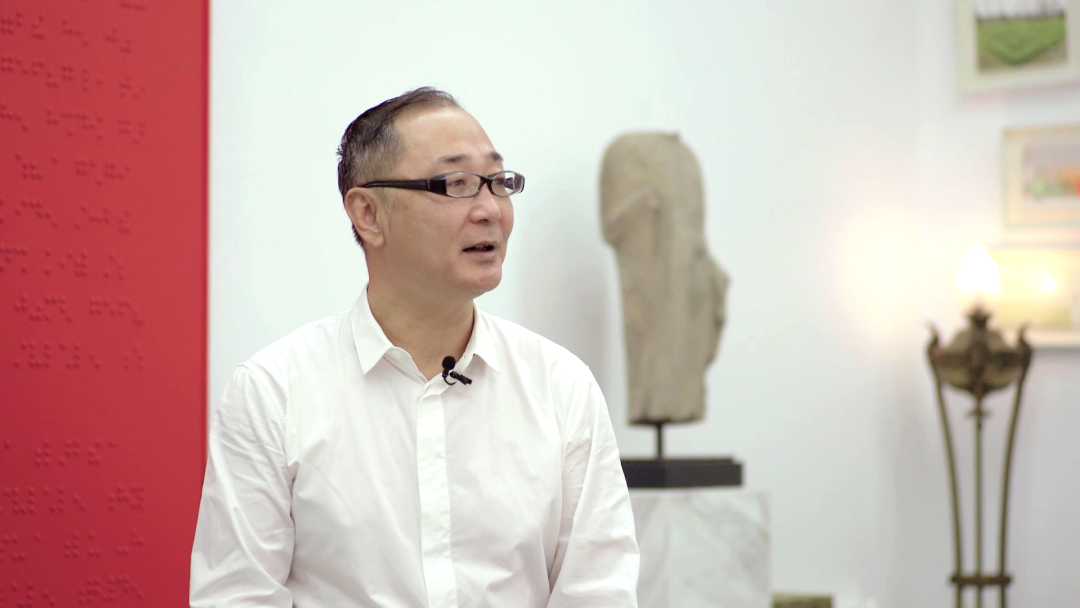
互联互依,共享共生
——构建湾区艺术创新系统
尊敬的各位专家、各位同仁:
大家下午好!
非常荣幸,参与本届“清华国际艺术与设计教育大会”。契合论坛“万物互依”的主题,今天我想与大家分享的是“艺术创新系统”相关内容!
世间万事万物,相互联系、相互依存。坚持系统观念,是党的二十大报告高度凝练概括的“六个坚持”之一。坚持系统观念,需要从战略思维、系统思维、创新思维,历史思维、辩证思维等维度,破解关键问题,着力推动高质量发展。
新时代,国家教育发展的目标已经从教育大国向教育强国转变,教育强国需要创新的支撑和引领,需要强大的创新体系。高校参与国家创新体系的建设,已经成为一项制度安排,纳入国家的整体战略布局。构建参与创新、服务创新的策略与布局框架,也已成为高校创新体系建设的关键。艺术类大学创新体系建设也同样面临新的挑战并肩负着新的使命。
当前,粤港澳大湾区国家战略的实施,信息科技的快速迭代,学校高质量发展的内驱动力,推动着广州美术学院在创新平台建设、原创性创作设计、政产学研用融合等方面挖掘潜力,突破瓶颈,围绕国家重大战略和区域重大需求,组建高水平研究团队,建成高层次研究平台,产出标志性成果,实现学校艺术设计教育研究与国家、区域经济社会发展的“互动、互利、互享、互助、互通”,打造湾区艺术与科学、设计与产业、教育与社会“互联互依、共享共生”的学科新生态,开辟学校高质量发展的新领域、新赛道,塑造发展的新动能、新优势。
一、社会技术创新——互动
随着万物互联共生观念的深入人心,大设计的时代已经来临,但系统设计思维尚未被理解。近年来,随着国家新工科与新文科的发展,学科交叉融合成为必然趋势,这也是设计学交叉学科设置的重要背景。设计交叉学科,不是设计与其他学科的简单叠加,而是以系统观念为指导,打破学科界限,重新定义和构建创新设计教育。
新的背景下,如何围绕系统设计思维开展设计教育改革,实现设计教育与社会技术创新系统互动?如何确立新形势下设计教育理念和人才培养模式? 这不仅仅是中国设计教育直面的重要问题,也是世界设计教育关注的焦点。通过建立开放平台,探索社会参与办学和高校服务社会的新模式,以前沿学术思想和设计方法论为引领,充分整合产业链资源,实现社会技术创新与设计教育的互通、互联与互生,不失为一条有效路径。
我们正着手建设“广州美术学院艺科融合创新平台系统”,旨在打造设计教育内容、机构和人员的开放平台体系,集聚学界和产业精英,打破专业界定,以社会、经济热点问题作为设计介入契机,实现人才培养、科研创作和社会服务的融合发展,并通过学术思想引领和实际改革行动,推动未来中国设计教育的进一步改革。
二、艺术科技产业——互利
改革开放以来,广美一直致力于艺术设计服务社会、服务产业,并创建了一整套行之有效的产学研人才培养模式。秉承传统优势,学校聚焦艺术科技前沿领域,进一步探索“政产学研金服用”的模式迭代升级,突出创新设计成果的应用与落地转化,与华为、腾讯、大疆等科技创新型企业开展全方位合作,实现了艺术、科技与产业的深度融合、互利共生。
新时代,面对新一轮科技革命和产业变革,面对中国高等教育的深化改革,在“艺术+科技+产业”交叉融合的语境下,学校以“艺科融合、科教融合、产教融合”与“硬科技创业”为发展路径,建构艺术科技与产业的协同创新、融合发展、双向赋能的跨学科发展新模式。
学校成立达芬奇创新学院,积极探索“新工科”背景下的艺术类院校双创人才培育模式的迭代发展,着力培育发展新业态、新模式、新产业,支持传统产业改造升级,全力打造从设计人才培养到项目孵化再到创新创业的全模式改革的“试验田”,以创新创业成果助力经济湾区、产业湾区、科技湾区和人文湾区的建设。
三、文化创意与生活——互享
十九大以来,“美好生活”已成为全社会的奋斗目标。现代生活方式为新时代艺术创新系统构建提供了丰沃土壤,广美以文化创意链接和服务人民“美好生活”需要,紧扣艺术与设计生态链,不断拓展丰富“创意+”生活的内涵与外延,推动实现互享互惠的现代美好生活。
新时期以来,立足文化创意方面的特色与优势,学校集合湾区空间创意产业研究院、家具研究院等新型平台,系统、立体、全方位深研生活方式,汇聚生活要素,判断形态趋势,创新文创领域输出模式,致力于成为现代生活方式的引领者与传播者。
利用粤港澳大湾区世界级制造中心优势,我们搭建校内外互通互享的文化创意实践平台,推动文化创意产业链的拓展升级,进一步激活广美创意设计内生活力,高质量回应人民对“美好生活”的向往,努力成为新时期艺术设计创新发展的实践者与探索者。
四、艺术城乡建设——互助
随着乡村振兴国家战略的实施,乡建已成为国家、社会、市场的关注热点。在全面推进乡村振兴语境下,学校梳理和把握艺术参与、助推中国乡村振兴的理论策略与发展路径,发挥艺术设计服务社会的重要作用,实施“艺术设计+教育”“艺术设计+产业”“艺术设计+文化”等艺术乡建活动,实施艺术设计和美育浸润行动,艺术助力乡村建设和文化价值系统重塑。
立足湾区世界级城市群和深厚的岭南文化底蕴,我们通过湾区空间文化创意产业策划、数字人文城市建设、社区微空间改造、历史街区保护、 城市公共艺术等多种形式的创新设计实践,提升城市形象和文化软实力,推动城市更新和可持续发展。
面向未来,学校将紧密围绕湾区艺术创新系统建设,打造开放共享的艺术城乡建设产学研资源体系与平台,推进城乡多方互助协同创新发展,塑造人民满意的现代化城市与乡村。
五、视觉文化传播——互通
随着世界文化多样化深入发展,中华文化艺术也在与世界互通的过程中逐渐实现艺术生态链的系统性创新;以艺科融合、跨界多元的国际化教育和粤港澳大湾区联合教育为引领,我们进一步促进国际化人才培养的互通和粤港澳三地艺术教育资源的创新性集聚,打造湾区艺术教育与视觉文化传播高地。
借助学校视觉文化设计与研究优势,我们积极开展跨文化、跨媒介设计与传播研究,坚持以学术价值注入艺术设计实践,形成一批标志性的创意设计成果,诚如冰墩墩代表中国元素创意设计,成为中国参与世界文化艺术互通、互鉴的有力表现。
在互通中关注艺术系统的时代创新,在互通中回应艺术系统的时代挑战。我们利用自身地缘优势,以创新为驱动,以美为媒,积极拓展海上丝路沿线国家、地区的艺术交流,充分发掘当代艺术设计超国界的连接方式,形成文化整体观照的方法与特色,并以宏观视野系统呈现“海上丝路”艺术实践样貌,向世界展示中国艺术的叙述方式和魅力,推进建设中国式现代化的文化之维。
广州美术学院正积极回应新一轮科技浪潮,探索构建具有中国气派的湾区艺术创新系统,对新时代高校创新体系构建的问题,努力作出广美的教育应答、主动应答和时代应答,为国家和区域经济社会高质量发展提供新动能,为艺术系统全球性问题的解决贡献中国智慧!
我的发言到此结束,请各位专家指正。谢谢!
Symbiosis :Art Innovation Systems in the Greater Bay Area
Respected dear experts and colleagues:
Good afternoon!
It is a great honor to attend the “Tsinghua International Conference on Art & Design Education”. Following the theme “The Symbiosis of All Things”, I’d like to share with you my thoughts on “art innovation system”!
All things in the world are interconnected and interdependent. Systems thinking is one of the “six commitments” highlighted in the report to the 20th National Congress of the Communist Party of China. To apply systems thinking, we should adopt a strategic perspective and apply a historical, dialectical and systematic approach to thinking. We should get better at thinking creatively, thinking in terms of the rule of law, and considering worst-case scenarios. By doing so, we can solve key issues and promote high-quality development.
In the new era, China has changed its goal from expanding educational coverage to building a strong educational system, which requires the support and guidance of a strong innovation system. Higher education institutions are participating in the building of a national innovation system, which is already an institutional arrangement included in China’s overall strategy. To build this innovation system, the key is to form a framework for parties concerned to involve in innovation and provide innovation services. Art academies also need to build their own innovation system. They now face new challenges and shoulder new missions.
Driven by the construction of the Greater Bay Area, rapidly iterating information technology and internal impetuses for its high-quality development, GAFA is tapping potentials in the building of innovation platforms,original creations, and the integration of “government, industry, education, research and application”. We strive to break through bottlenecks to form high-level research teams and build leading research platforms based on major national strategies and regional needs, thereby making landmark achievements. We aim to realize the “interaction, mutual benefit, sharing, mutual assistance and intercommunication” of art design education and China’s economic and social development, create a new ecosystem of “interconnection&nterdependence, sharing & coexistence” between art and science & technology, between design and industry, between education and society in the Greater Bay Area, open up new fields of high-quality development, and create new momentum and advantages for future development.
1. Social Technology Innovation—Interaction
As concepts like “Internet of Everything” and “Symbiosis of Everything” gain increasing popularity, the era of big design has come. However, systems design thinking is yet to be understood. In recent years, new progress has been made in new sciences and new liberal arts. Cross-disciplinary integration has become an inevitable trend, which is an important background for offering cross-disciplinary design programs. Cross-disciplinary design does not mean a simple superposition of design and other disciplines, but indicates an innovative form of design education guided by systemic concepts and rebuilt after breaking disciplinary boundaries.
In this new context, how to reform design education based on systems design thinking and realize interactions between design education and technological innovation systems? How to establish design education concepts and talent training modes for the new situation? This is not only an important issue for Chinese design education, but also a key concern on world design education. One of the effective paths is to explore a new mode of social participation in higher education and service provision to society by higher education institutions through building open platforms. Efforts should be made to fully integrate resources in the industrial chain under the guidance of cutting-edge academic ideas and design methodologies, thereby achieving intercommunication, interconnection, coexistence between technological innovation and design education.
We are building the “GAFA Innovation Platform for Art and Science Integration”. This open platform covers contents, institutions and personnel for design education. It is designed to gather academic and industrial elites, break disciplinary boundaries, and focus on social and economic hot issues, thereby integrating talent training, scientific research, artistic creations and social services. Besides, we will promote further reform of China’s design education with leading academic strength and practical actions.
2. Art, Science, Technology & Industry—Mutual Benefit
Since the reform and opening up, GAFA has been devoted serving the society and industries through artistic design. We have established an effective talent training mode that integrates industry, education and research. Building on traditional advantages, we now highlight the forefront of art and technology, further explore the upgrade of cooperation model among “government, industry, education, research, finance, intermediary services, commercialization”, and emphasize the application and commercialization of innovative design results. We conduct all-round cooperation with innovative tech enterprises such as Huawei, Tencent, DJI, having realized deep integration and mutual benefit among art, science & technology, and industry.
China’s higher education is undergoing deepened reforms. In the face of a new round of scientific and technological revolution as well as industrial changes, GAFA is boosting integration between art and science & technology, between science & technology and education, between industry and education, and advancing entrepreneurship powered by science & technology. The purpose is to foster a cross-disciplinary development mode featuring collaborative innovation, integrated development and two-way empowerment of art, science & technology, and industry.
In addition, we are making preparations for establishing the Da Vinci Innovation College. This is another move to explore iterative innovation and entrepreneurship -oriented talent training mode against the background of “new engineering”. We strive to cultivate new formats, new models, new industries, and support the transformation and upgrading of traditional industries. We will spare no efforts to cultivate on “experimental plots” for full-mode reforms covering design talent training, project incubation, innovation and entrepreneurship, thus contributing to the construction of the Greater Bay Area in terms of economy, industries, science, technology and humanities with innovation and entrepreneurship results.
3. Cultural Creativity & Life—Sharing
Since the 19th National Congress of the Communist Party of China, creating a “better life” has become the goal of the whole society. Modern lifestyles provide fertile soil for us to develop art innovation systems for the new era. GAFA serves people’s aspiration for a “better life” with cultural creativity. It closely follows the ecological chain of art and design, continues to expand the connotation and extension of “creative+” life, and promotes the realization of a reciprocal modern life.
Since the new period, GAFA has made use of its strengths in cultural creativity to delve into lifestyles in a systematic and all-round manner. We gather the elements of life, judge future trends, and seek innovation in output modes with the help of innovative platforms such as the Greater Bay Area Institute of Creative Industry Research and the Furniture Research Institute. We are committed to becoming a leader and disseminator of modern lifestyles.
Drawing on the strengths of the Greater Bay Area as a world-class manufacturing center, we are running a cultural creativity practice platform shared by GAFA and the society. In addition, we promote the expansion and upgrading of the cultural creativity industry chain to further stimulate our vigor in creative design. This helps us respond to people’s aspirations for a “better life”. We try to become a practitioner and explorer of innovative art design in the new era.
4. Art-based Urban Rural Construction—Mutual Assistance
Due to the implementation of rural revitalization, rural construction is a hot topic in the market and a key concern of the society. GAFA has comprehensively combed out theoretical strategies and practical paths to advance rural revitalization through art. It puts into play the role of art in the society, having organized “art design + education”, “art design + industry”, “art design + culture” activities, and launched art design and aesthetic education campaigns. With art, we reshape rural construction and rural cultural system.
GAFA enjoys the resources of the Greater Bay Area urban agglomeration and is nourished by rich cultural heritage in Lingnan. We improve urban image, enhance cultural soft power, and stimulate urban renewal and sustainable development through various forms of innovative design practices such as cultural creativity industry planning, construction of digital humane cities, micro space renovation in communities, historical area preservation, and urban public art.
In the future, we will closely focus on art innovation systems for the Greater Bay Area, build open systems and platforms for art-based urban and rural construction through industry-education-research integration, and boost collaborative innovative development through mutual assistance and cooperation by different parties. We will try our best to build modern cities and villages to people’s satisfaction.
5. Visual Culture Communication—Intercommunication
As global cultures become increasingly diverse, Chinese culture and art have gradually realized systemic innovation in the process of intercommunication with the rest of the world. Guided by integration of art and science & technology, diversified cross-disciplinary international education and joint education in the Greater Bay Area, we further promote the intercommunication of training of talents with international vision and the innovative gathering of art education resources in Guangdong, Hong Kong, Macao, hoping to create a highland for art education and visual culture communication in the Greater Bay Area.
GAFA actively works on cross-cultural, cross-media design and communication on the basis of its advantages in visual culture design and research. We incorporate academic value in artistic designs, having delivered a number of iconic creative design results. For instance, Olympic mascot Bing Dwen Dwen is designed by our professor. It has become a strong symbol of China’s intercommunication with world culture and art.
We stimulate artistic innovation and respond to challenges of the era in the course of intercommunication. Driven by innovation, we make use of our own geographical advantages to actively expand art exchanges with countries and regions along the Maritime Silk Road. We explore ways that contemporary art design connects people beyond national borders, form methods of examining culture in an overall manner, and present artistic practices along the silk road. In doing so, we show the narrative methods and charm of Chinese art to the world, and give impetus to the construction of modern Chinese culture.
GAFA actively responds to a new round of scientific and technological revolution. We will develop art innovation systems with Chinese style, give our own answer to innovation system construction, provide new momentum for high-quality national and regional economic and social development,and contribute Chinese wisdom for solving global problems in the field of art!
This is the end of my speech. Your comments are greatly welcomed. Thank you!(范勃)
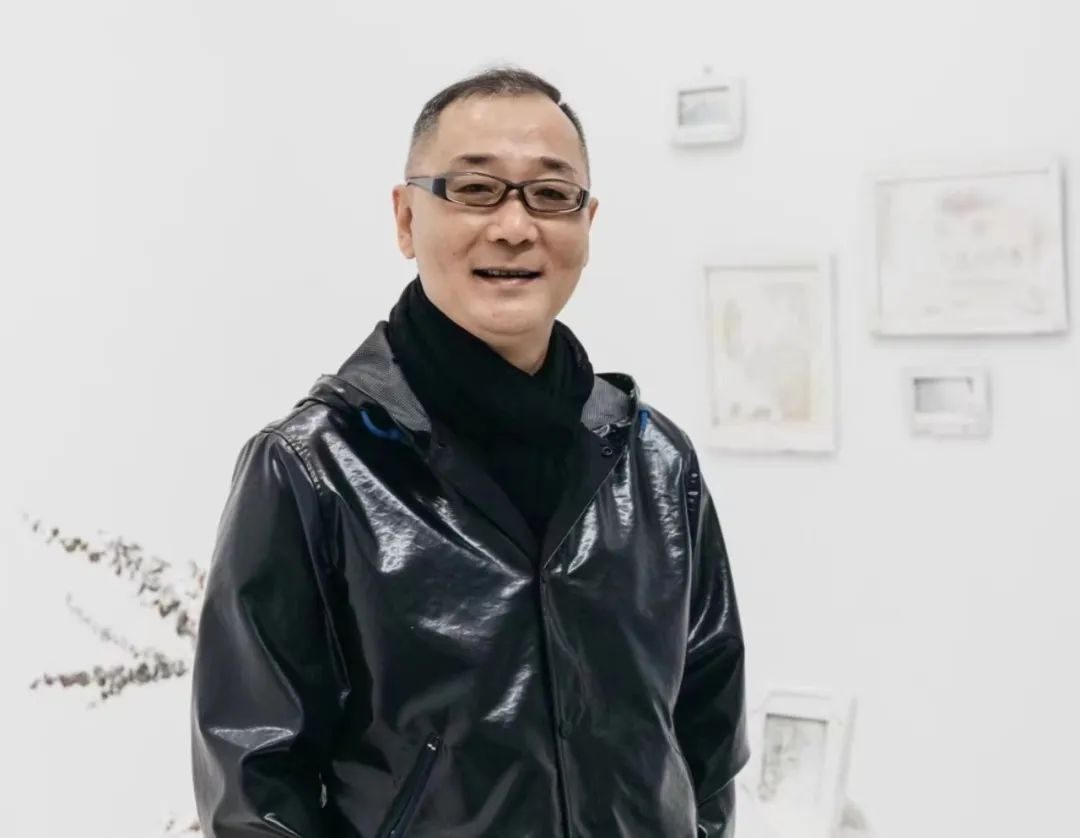
范勃,著名艺术家。本科、硕士、博士先后毕业于天津美术学院、广州美术学院、中央美术学院。现为广州美术学院院长、学术委员会主任、二级教授、博士生导师。兼任中国美术家协会第五届油画艺术委员会副主任、中国美术家协会首届国家重大题材美术创作艺术委员会委员、中国油画学会副会长、广东省美术家协会副主席。先后入选中宣部文化名家暨“四个一批”人才、广东省中青年德艺双馨艺术家、广东省“特殊支持计划”教学名师等。
